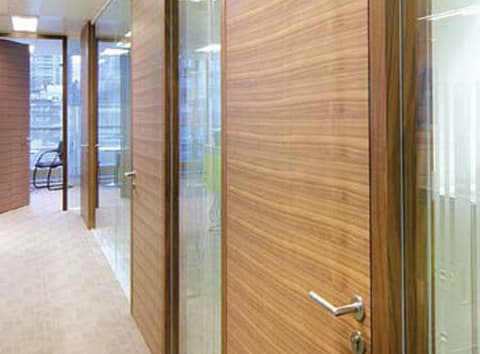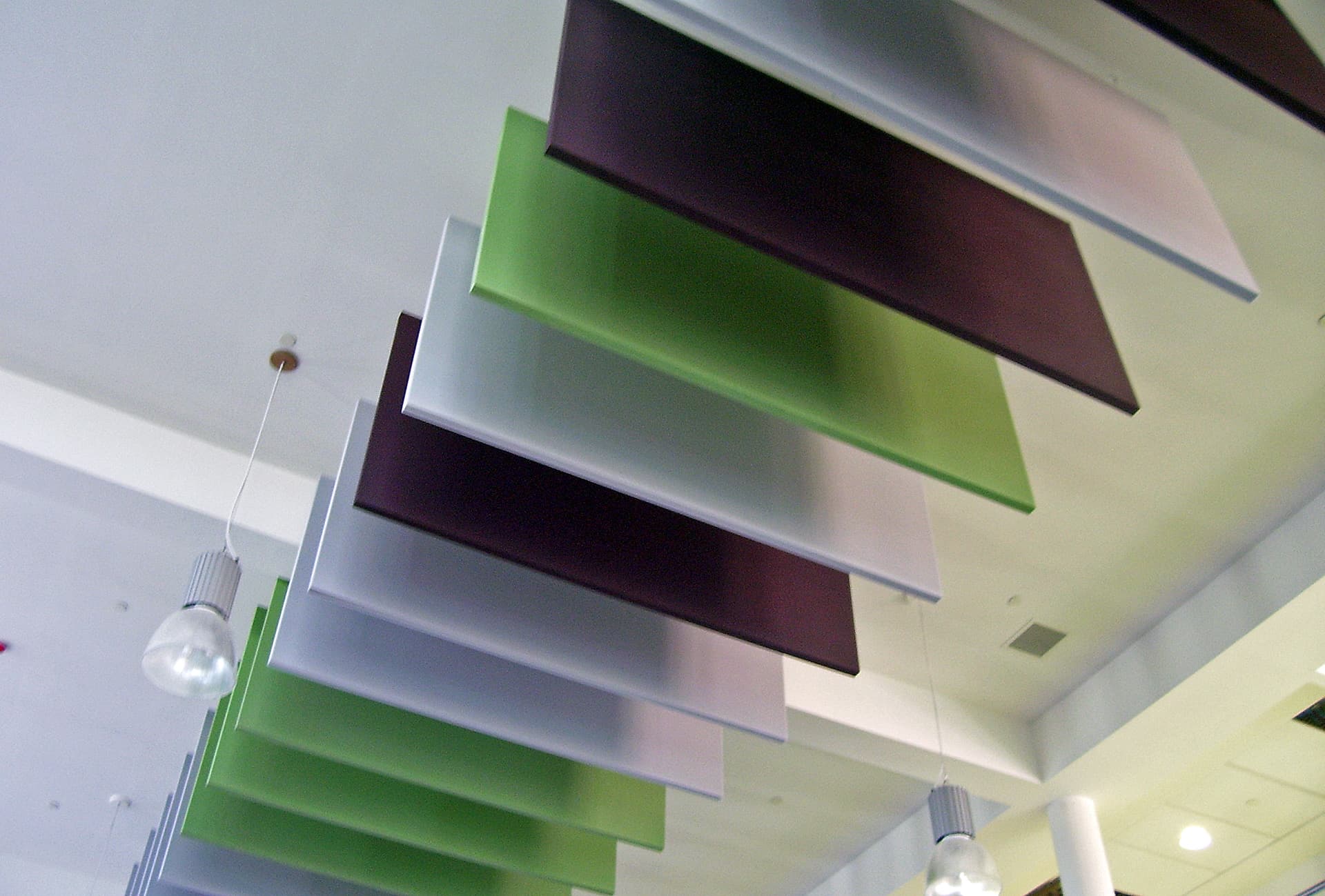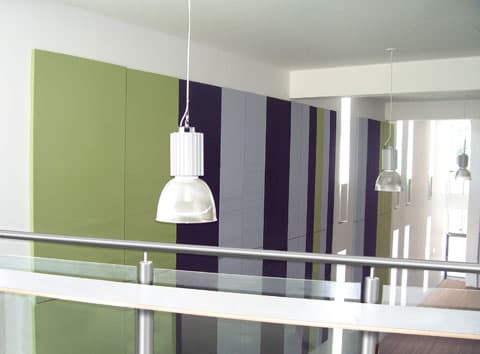How To Improve Classroom Acoustics
Soundproofing A Classroom
Children and young adults will find it difficult to learn in a noisy classroom. Lots of children won’t need much of an excuse to become distracted so excessive noise will be a perfect reason to hinder learning.
It is important to have good acoustic performance in the classroom when the children learning have:
- Hearing loss in one or both ears;
- A learning disability;
- Auditory processing order;
- Speech / language delay;
- Attention disorders or problems
The relationship between noise and performance in schools is well documented, with schools earning points when classroom sound levels fail below 40dB (the average classroom sound levels are around 65dB). These points can, in some instances be used for financial grants.
Increase the sound of the teachers voice.
Many schools are using technology to amplify the teachers voice across the whole classroom, as studies suggest the clarity of the voice can be reduced by up to 50% even four rows back, and when it comes to any kind of hearing impairment the problem becomes worse.
Increasing the sound of the voice of the teacher will improve the clarity of understanding of the students when talking to the whole class, but won’t help remove or at least reduce the background noise, and won’t help when talking to individual students, plus if there are lots of hard surfaces in the classroom, you will be making more reverb and increasing the problems.
Using a microphone or other voice amplifier will also increase background noise in neighbouring rooms which it is safe to assume would have the same acoustic issues.
Hang curtains and place rugs / carpet.
Hard surfaces are not the perfect type of surface for noice to ‘bounce’ off creating echos and reverberation. In classroom settings, this is an area that can be dramatically improved with simple steps such as having curtains and carpets on the floors and walls. This fabric will be much more receptive to absorbing sounds than a hard surface such as a flat wall or hard floor.
Acoustic Doors
Lots of schools have old doors still in place with a big piece of thin, frosted glass in the middle. This old style door with do very little in terms of soundproofing. For classrooms that are on a main corridor, with lots of noise coming from outside, an acoustic friendly door will be essential to help reduce this noise.

Ceiling Baffles
If it is possible to have acoustic ceiling tiles installed in your classroom, then these are also recommended to help reduce the amount of reverberation in the room. Ceiling baffles are designed to absorb the sound that comes into contact with it rather than returning it into the room.
Acoustic ceiling pads can also be added in suspended ceilings and can reduce classroom to classroom noise transfer.

Wall soundproofing
As well as curtains, carpets and ceiling baffles, there are sound absorbing boards that ca nee placed on the walls of the classroom, again to absorb the sound in the room and reduce the amount of hard surfaces for sound to bounce around.
The wall panels that JCW Acoustic Supplies provide come in a range of designs, so it isn’t just a case of a practical – but ugly board going on the wall, it could even be designed by the school kids! Why not get in touch with the friendly soundproofing experts at Acoustic Supplies and see what is possible to help with your classroom soundproofing needs.

